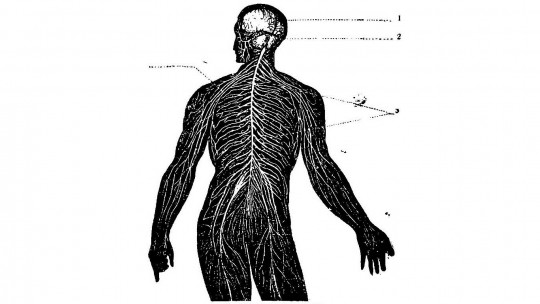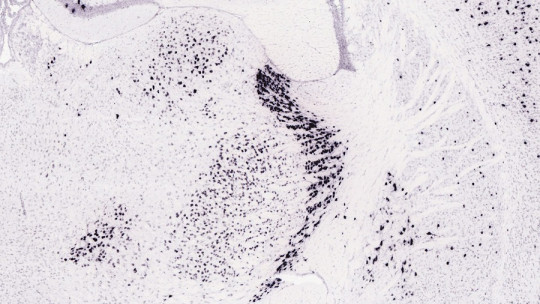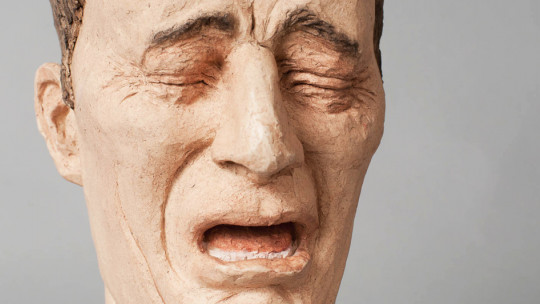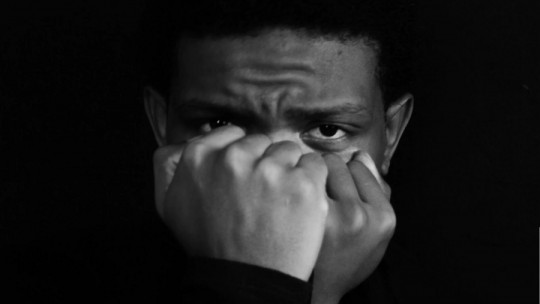
What would happen if, suddenly, you could feel all the physical sensations around you more intensely? Surely you will think that it would be wonderful to be able to feel more intensely the entire range of pleasant and positive sensations that we can experience (hugs, caresses, kisses…) but… What would happen if this “superpower” also led you to feel painful and uncomfortable sensations more intensely?
In this article we are going to talk about hyperesthesia a little-known perceptual disorder that should not be confused with hypoesthesia.
What is hyperesthesia?
The word hyperesthesia comes from hyper- and a derivative of the Greek αἴσθησις, sensitivity We can define hyperesthesia as a perceptual condition that entails an abnormal increase in sensitivity towards stimuli or sensations, generally tactile. It is a sensory distortion that leads us to feel sensations very intensely, even those that belong to low intensity stimuli (e.g., the rubbing of clothing on the skin).
Not to be confused with hypoesthesia or paresthesia
We are going to specifically define the two terms (hypoesthesia and paresthesia) so that they do not lead to confusion:
Hypoesthesia consists of a decrease in sensitivity (the opposite of hyperesthesia), and paresthesia would be an abnormal sensation of the senses that results in a sensation of tingling, numbness, etc. These alterations are produced by a pathology in any sector of the structures of the Central or Peripheral Nervous System
Symptoms
As a rule, People who suffer from hyperesthesia experience most unpleasant sensations through touch although there are cases in which the senses of sight and hearing are also affected.
Although there may be specific moments of very intense reactions to stimuli, people with hyperesthesia usually feel sensations of tickling, tingling or dullness almost permanently throughout the day.
It should be noted that the person who suffers from hyperesthesia can suffer very high levels of anxiety and depression, which can lead to isolation and total interference in their daily life (work, social, family and personal). Abnormal reactions to stimuli can appear at any time of the day, and therein lies one of the most interfering elements of hyperesthesia.
Since almost any sensory element from the outside can be extremely annoying for the person, an interference occurs in their normal rhythm of life. For example, as we have mentioned before, rubbing against certain items of clothing, the intensity of light (it can be unbearable for the eyes), contact with warm or hot water, covering yourself with a blanket, shaving or waxing… Even physical and sexual contact with other people.
Let’s say that the person’s sensitive threshold is well below what is adaptively best for the human being, so when faced with the same stimulus with the same intensity they will by default feel more pain than a person without hyperesthesia. Thus, resistance to pain is much lower. What for us could be pleasurable and self-care activities (getting a massage, applying exfoliant to the skin, shaving…) for these people could hardly be tolerated.
The variables that determine whether the stimulus is considered negative are its intensity, the speed with which it is presented and/or the number of stimuli. Some people may find the touch of a particular garment (e.g., a sweater) more aversive because of its intensity, and another person with this condition may feel intense negative tactile sensations in several regions of their body and across multiple stimuli (e.g., several items of clothing at once).
Dental or dentin hyperesthesia
Surely, more than once, at some point in your life, you have felt an intense reaction to the annoying or painful sensation generated by contact with cold food (who hasn’t made the mistake of wanting to eat ice cream too quickly?).
This type of hyperesthesia is specific to the dental area. It is characterized by experiencing an exaggerated response to thermal stimuli in the dental region As you know, it usually manifests itself with a sharp and short pain (even stabbing) in the exposed teeth. This may be due to loss of tooth enamel due to erosion, periodontal disease or aggressive and abrasive brushing.
Causes
Fortunately, hyperesthesia is a rare condition. The majority of cases are due to a primary cause (psychopathology or use of psychoactive substances), and it is understood that it is a secondary symptom to these causes. We are going to detail each one of them.
Psychopathologies comorbid to hyperesthesia
Substances capable of generating hyperesthesia
This excessive sensitivity resulting from stimuli and sensations can lead the person to abuse substances to cope with the situation (such as cocaine or alcohol), and lead to psychological problems such as anxiety or clinical depression.








